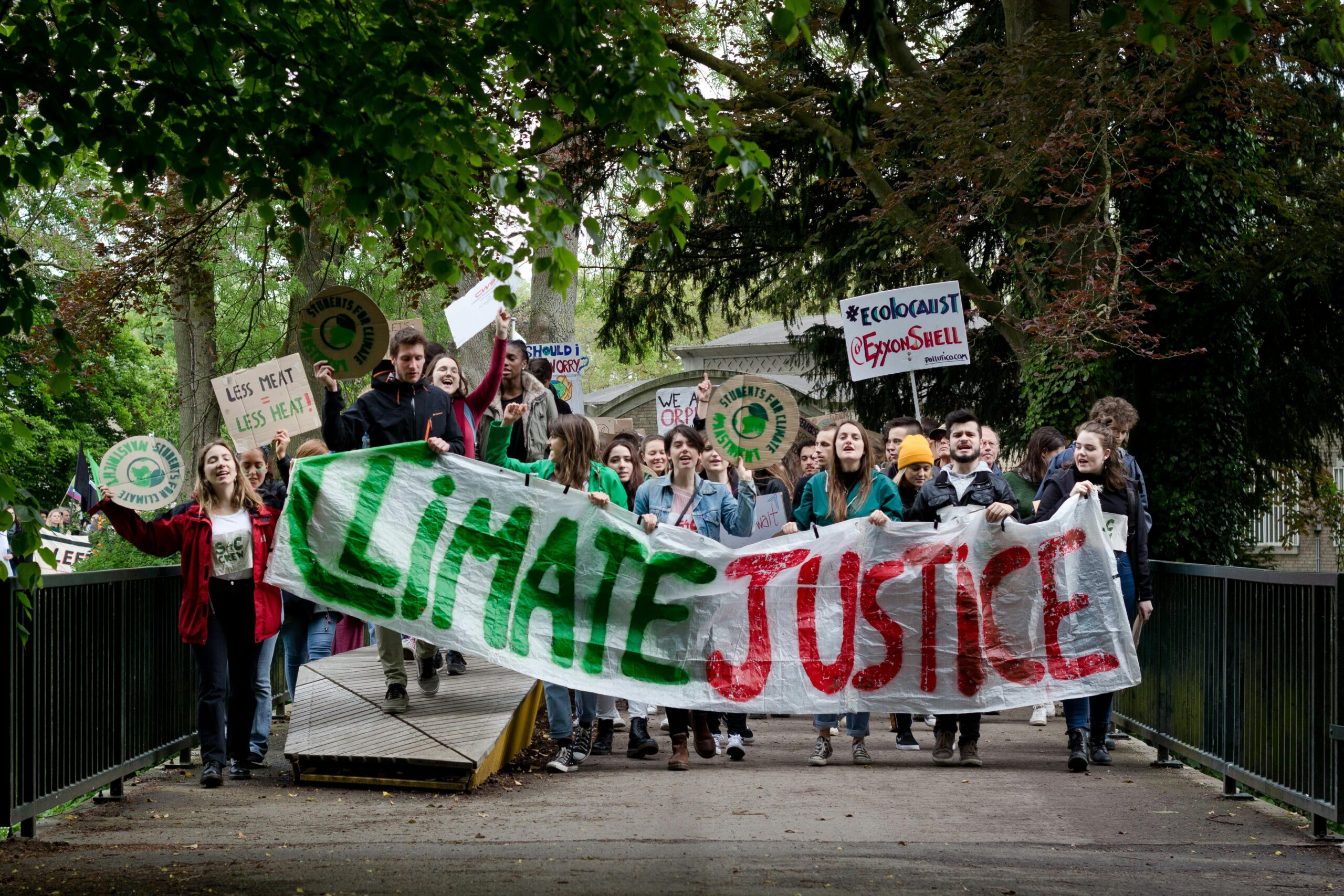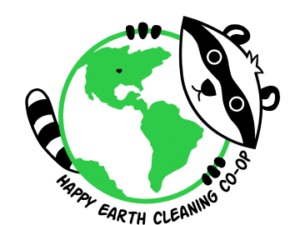
Introduction
Get ready for the big finish of Happy Earth Cleaning Co-op’s Earth Week celebration! Today, April 26th, we’re taking a trip through time to see how climate change has affected the world over the years. Happy Earthlings will be dressing up in outfits from their favorite decades, paying tribute to the past as we look ahead to a future where sustainability is key for generations to come.
The Story of Climate Change
Climate change is a huge problem that’s been going on for quite a while. There have been periods in the Earth’s history where the climate has changed naturally, but we know that recent climate changes are definitely caused by human activities like industry, cutting down trees, and burning fossil fuels. Over time, we’ve seen temperatures rise, sea levels go up, and more extreme weather happen, showing us how dire the situation is.
Now, let’s check out important moments, events, and movements that have helped us understand climate change better as time has passed.
The Industrial Revolution (18th – 19th centuries): This was the beginning of our human-caused climate change story. Mass industrialization led to huge amounts of carbon emissions, changing how the climate works across the globe. James Watt was a key player during this period because he invented the steam engine, which brought the burning of coal and other fossil fuels into all types of industry and transportation. Greenhouse gases began increasing in the atmosphere, and global warming began as early as 1830 according to some researchers. Some scientists of this era were intrigued by climate science, but it would be a long time before anyone realized the true impact of rising CO2 levels.
The Early 20th Century: During this time, the world saw a big increase in human population, and new technology. This meant we started putting even more greenhouse gasses into the air. People started realizing that we were causing climate change.
Wilmot H. Bradley found that the clay in lake beds showed climate cycles. Andrew Ellicott Douglass saw strong indications of climate change in tree rings. Scientists started studying the climate more and found out how our lifestyles, with all the carbon we produce, were affecting the planet. In the 1920’s, the chemist Alice Hamilton led a campaign against lead poisoning from leaded gasoline. It’s reported that she confronted the head engineer of General Motors in a hallway and said, “You’re nothing but a murderer.”! The corporation attacked Hamilton, and it took governments 50 years to ban leaded gasoline. Meanwhile, industrial smog choked major world cities.
Another important person from this time was Charles David Keeling. He carefully measured how much carbon dioxide was in the air at the Mauna Loa Observatory. His measurements showed that CO2 levels were going up, which is now called the Keeling Curve.
The Environmental Movement (1960s – 1970s): Events like Earth Day inspired people all over the world to care more about the environment and push for new laws to protect it. People from all walks of life got involved, and their voices made governments pay attention and create rules to safeguard the environment and recognize the rights of nature.
One person who made a big difference in this era was Rachel Carson. Her 1962 book “Silent Spring” showed how pesticides were hurting the environment, and it got a lot of people thinking about how we treat nature. Thanks to her work, the modern environmental movement got a huge boost.
Chemists Frank Sherwood Rowland and Mario Molina found that Chlorofluorocarbons (CFCs) can destroy ozone molecules and may erode the Earth’s protective ozone layer. Their discovery lead to the US banning CFCs from aerosol cans in 1978.
The Kyoto Protocol and Beyond (1990s – 2000s): During the 1990s and 2000s, countries came together to try to reduce emissions with agreements like the Kyoto Protocol, but they faced problems like politics and technology getting in the way. Still, the Kyoto Protocol was a big deal in how the world handles climate change and got things ready for more talks in the future. Al Gore, both as Vice President and later as a big voice for the environment, helped a lot in making people aware of climate change, especially with his documentary “An Inconvenient Truth.” Toyota began selling the Prius – the first hybrid electric car – in 1997.
The Paris Agreement (2015 – Present): The Paris Agreement, signed in 2015, is a big deal—it shows that the whole world is serious about fighting climate change and moving towards a future with fewer carbon emissions. It’s all about countries working together to stop global warming and make sure we can handle the changes that are already happening. Christiana Figueres, in her role at the United Nations, was a key player in making this happen, bringing countries together to make the agreement happen.
Where do we go from here?
As we wrap up Earth Week, it’s natural to feel a sense of anxiety and dread when confronted with the daunting challenges of climate change. However, it’s essential to remember that it’s not too late for our planet. Now more than ever, we need to come together and push for large-scale action to address the climate crisis.
It’s crucial to find a group to take action with, where you can amplify your efforts, share struggles and celebrations, and make a meaningful impact. We recommend checking out Climate Changemakers, a group for busy, regular people who want to make climate action part of their routine. Simply sign up for an Hour of Action on Zoom and show up! Group leaders will provide an action playbook and walk you through how to call or email your representatives, even if you’ve never done it before.
If Climate Changemakers isn’t the right fit for you, there are plenty of other amazing groups doing climate work, locally, nationally, and globally.
Together, we can make a difference!

